Azarest 300 mg (Azactidine)
Description
Azarest 300 mg is a chemotherapeutic drug that’s primarily use to treat blood and bone gist excrescences. Further, it’s pivotal in the care of conditions similar as habitual myelomonocytic leukemia( CMML), acute leukemia with myeloid cells( AML), and myelodysplastic complaint( MDS). Azarest is a hypomethylating medicine that is commonly injected and made according to with strict pharmaceutical regulations. Further, it can affect the expression of DNA in malignant cells, return them to normal function, and limit their growth.
What Is Azacitidine?
Azacitidine is a cytidine pyrimidine nucleoside analog that is intended to prevent DNA conflation in atypical cells. While traditional chemotherapy destroys the fleetly dividing cells, azacitidine has two mechanisms of action, precluding DNA methylation This is what revives excrescence suppressor genes and regulates cell division.
Being integrated into RNA This disrupts protein product in cancer cells.
These mechanisms make azacitidine particularly precious for hematologic malice with abnormal cell development within the bone marrow.
Indications and Uses
Azarest 300 mg is advised for the treatment of individuals with
A collection of disorders known as myelodysplastic runs (MDS) are brought on by blood cells that are either poor formed or non-functioning.
RA, or refractory anemia
Bound sideroblasts in refractory anemia (RARS)
Redundant blasts in refractory anemia (RAEB)
Habitual myelomonocytic leukemia( CMML)
Acute myeloid leukemia( AML) – particularly in senior cases who aren’t campaigners for aggressive chemotherapy.
It is a myeloproliferative/myelodysplastic condition known as chronic myelomonocytic leukemia (CMML).
Further, through modulation of the bone gist, Azarest normalizes blood counts, reduces transfusion reliance, and potentially slows acceleration to acute leukemia.
Dosage and Administration
Azarest 300 mg is generally administered by subcutaneous injection or intravenous infusion under the supervision of a croaker.
The recommended original cure of azacitidine is 75 mg/ m ² for seven consecutive days in a 28- day cycle.
Treatment duration Several cycles may be demanded to achieve clinical response; the maturity of cases respond after 4 to 6 cycles.
Cure adaptations. It may be necessary depending on patient forbearance, renal function, and hematologic response.
Route of administration. While subcutaneous injection is the norm for inpatient convenience, IV can be use in the sanitarium setting.
There should be administration by healthcare professionals endured in cancer chemotherapy protocols.
Mechanism of Action
Azacitidine inhibits the exertion of DNA methyltransferase, the enzyme responsible for catalyzing DNA methylation — an epigenetic revision that has the net effect of silencing excrescence suppressor genes. By inhibiting this action
The DNA reestablishes normal gene expression patterns.
Cancer cell growth is suppressed.
Isolation and apoptosis( programmed cell death) are touched off.
This epigenetic reprogramming corrects the product of healthy blood cells in cases with MDS and AML.
Side Effects and Precautions
While Azarest 300 mg has a tremendous remedial benefit, it can beget side effects. Some of the most frequent and critical adverse responses are
Common Side Effects
Nausea and puking
Weakened energy and fatigue
Injection point responses
Constipation or diarrhea
Fever
Serious Adverse Effects
Neutropenia( low white blood cell count)
Thrombocytopenia( low platelet count)
Anemia
Infections due to vulnerable repression have not yet resolved
Renal impairment
Nearly covered should be regular blood counts and order function tests in cases not yet resolved. Any indications of illness, unusual bleeding, or exhaustion must be reported right away.
Contraindications
Azarest is contraindicated in cases who
Have acuity to azacitidine or mannitol.
Are pregnant or breastfeeding due to implicit teratogenic effects.
Have advanced order or liver complaint, except when the threat is overbalanced by the benefits.
Women with cases of travail eventuality must use effective contraception during treatment.
Drug Interactions
Azacitidine has minimum cytochrome P450 relations, and therefore medicine-medicine relations are fairly low. nonetheless, it must be use cautiously with other myelosuppressive agents or nephrotoxic substances. Always inform your croaker
about any specifics or supplements that you take.
Storage and Handling
Azarest 300 mg must be
Store at 36 °F to 46 °F( 2 °C to 8 °C).
Reconstituted before use as instructed by the manufacturer.
Handled precisely, e.g., defensive garments and gloves should be use to help contact with the skin or mucous membranes.
Druggists and healthcare workers should use safe chemotherapy medication procedures.
Clinical Efficacy
Clinical studies have revealed azacitidine to have a deep impact in mainly dragging survival and perfecting the quality of life in MDS and AML cases, particularly when varied with probative care alone. Moreover, it is an enduring basis of treatment for many hematologic malignancies for its ability to slow progression to AML and lessen transfusion-related complications.
Final Thoughts
Azarest 300 mg( Azacitidine) is a potent and effective medicine for the operation of complex blood diseases and certain types of leukemia. Further, being a hypomethylating agent, it offers a ultramodern approach to cancer remedy at the inheritable and molecular position, offering cases the pledge of enhanced survival and bettered quality of life.
But it must be administered under close observation by an oncologist or hematologist, with close monitoring for side efficacy and response to remedy. As with all cancer remedy, an acclimatized and informed treatment plan is essential.
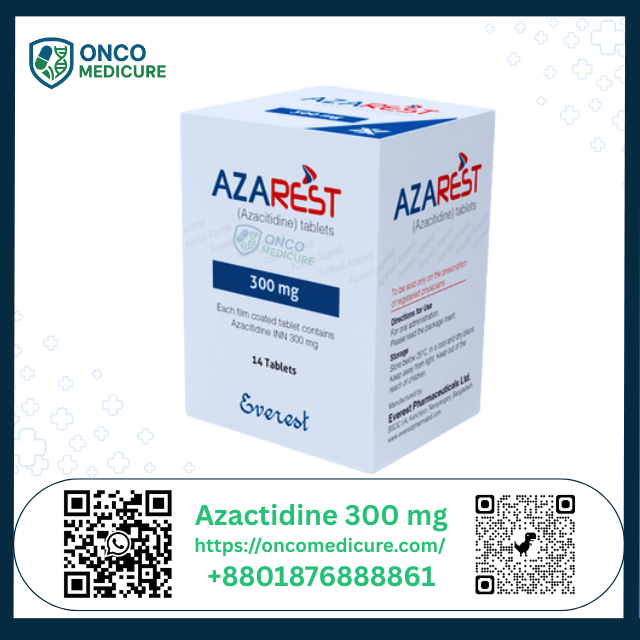
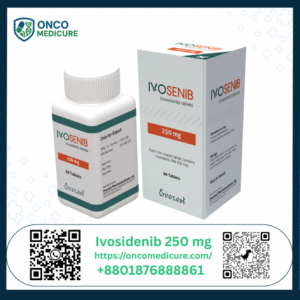
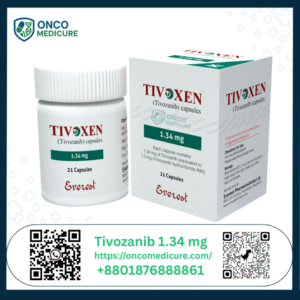
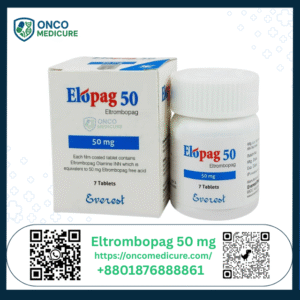
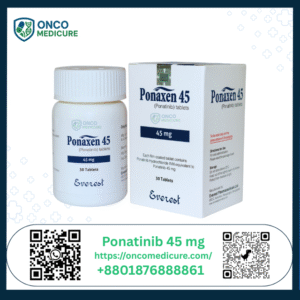
Reviews
There are no reviews yet.